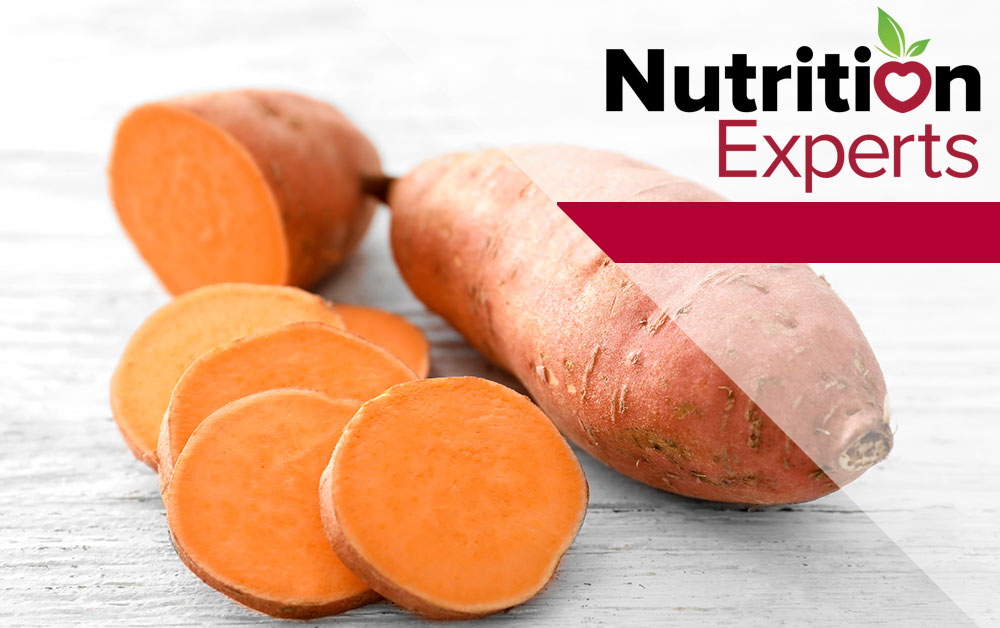
By: Reina Black, CSUN Dietetic Intern Cohort 2021-2023
Fried foods are some of Americans’ favorite foods. Whether it be a crispy French fry, a succulent fried chicken, or a delicious donut, fried foods remain a popular staple in American cuisine. Though these foods taste good, it is well known by many consumers that deep frying foods is not the healthiest cooking method around. The high fat content of deep-fried foods can negatively impact heart health1,2. Thus, it is no coincidence that air fryers have become all the rage over the past few years. Marketed as a healthier alternative to deep frying foods, the demand for air fryers continues to surge. Are air fryers the answer? Let’s take a look at what we know about air frying.
Continue reading








